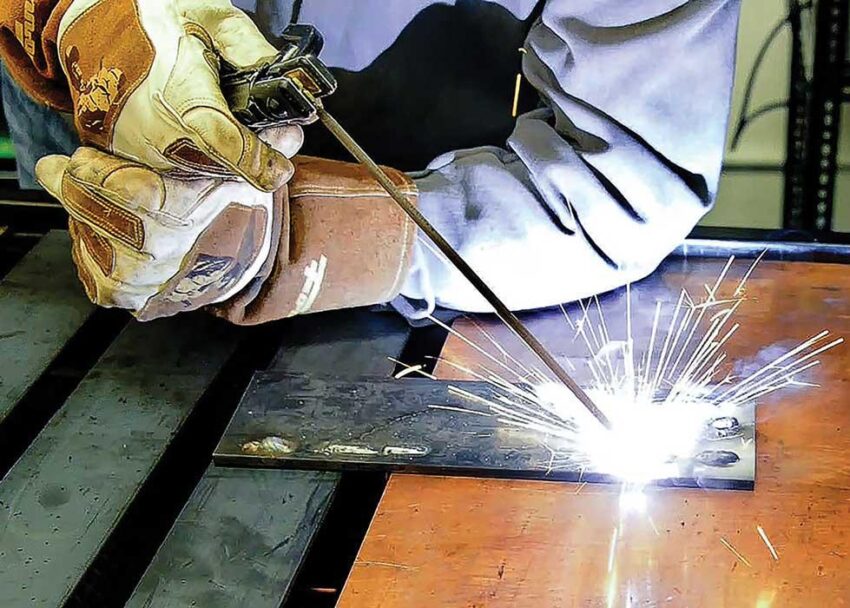Weldless fittings, also known as sanitary fittings or clamp fittings, play a crucial role in industries requiring hygienic and aseptic processes, such as food and beverage, pharmaceuticals, and biotechnology. These fittings offer advantages in terms of ease of installation, maintenance, and cleanliness. However, like any component in an industrial system, they come with their own set of challenges. In this blog, we’ll explore some common challenges faced when working with weldless fittings and provide solutions to address them.
- Leakages
Challenge: Ensuring a secure and leak-free connection is paramount in industries where hygiene and product integrity are crucial. Even a small leakage can result in contamination, product loss, and compromised quality.
Solution: To prevent leakages, it’s essential to follow proper installation procedures meticulously. Ensure that the gaskets, clamps, and fittings are correctly aligned and tightened to the manufacturer’s specifications. Regular inspections and maintenance can also help identify and address potential issues before they lead to leaks.
- Compatibility
Challenge: Selecting the right material for fittings can be challenging, as it must be compatible with the process media, temperature, and cleaning solutions used in the industry. Using incompatible materials can lead to corrosion, product contamination, and system failure.
Solution: Consult with the manufacturer or a materials specialist to select fittings made from materials compatible with your specific process requirements. Stainless steel (e.g., 316L) is a common choice due to its corrosion resistance and compatibility with various substances.
- Surface Finish
Challenge: Achieving the required surface finish in weldless fittings is critical to prevent bacterial growth and ensure thorough cleaning and sterilization. Inadequate surface finish can lead to fouling and contamination risks.
Solution: Opt for fittings with a specified surface finish, typically expressed in Ra (roughness average) values. For hygienic applications, an Ra value of 0.8 μm (32 μin) or finer is often recommended. Regularly inspect and maintain the surface finish to ensure it remains within the desired range.
- Proper Assembly
Challenge: Assembling weldless fittings correctly is essential for their performance and longevity. Errors in assembly can lead to weak connections, contamination, and equipment damage.
Solution: Train personnel on proper assembly techniques, including the correct use of gaskets, clamps, and fittings. Follow manufacturer guidelines and ensure that assembly is performed by skilled technicians who understand the criticality of the process.
- Thermal Expansion
Challenge: Differences in temperature can cause thermal expansion or contraction, potentially affecting the integrity of weldless fittings. This challenge is particularly relevant in processes that involve rapid temperature changes.
Solution: Allow for thermal expansion by using flexible hose connections or expansion loops in the piping system. Additionally, choose fittings and components designed to withstand temperature fluctuations and stress.
- Cleaning and Sterilization
Challenge: Maintaining cleanliness and sterility is paramount in industries like pharmaceuticals and biotechnology. Improper cleaning and sterilization can lead to product contamination and compliance issues.
Solution: Follow industry-specific cleaning and sterilization protocols recommended for your application. Ensure that weldless fittings are designed for easy disassembly and reassembly to facilitate thorough cleaning. Regularly validate cleaning procedures to ensure their effectiveness.
- Product Traceability
Challenge: In industries with strict quality control requirements, ensuring the traceability of fittings and components can be challenging. Traceability is crucial for tracking the source of any defects or contamination.
Solution: Source weldless fittings from reputable manufacturers who provide clear documentation, including material certificates and batch or lot numbers. This information enables easy tracing of components in case of issues.
- Compliance with Standards
Challenge: Meeting industry-specific standards and regulations is a key challenge. Failure to comply can result in fines, product recalls, or reputational damage.
Solution: Ensure that the weldless fittings you use meet industry standards and regulatory requirements, such as those set by organizations like the Food and Drug Administration (FDA) or the European Hygienic Engineering and Design Group (EHEDG). Regularly review and update compliance documentation.
- Maintenance and Inspection
Challenge: Proper maintenance and inspection of weldless fittings are often overlooked, leading to unexpected failures and disruptions in production.
Solution: Establish a proactive maintenance program that includes regular inspection, cleaning, and replacement of gaskets and seals. Identify wear and tear early and address it promptly to prevent downtime and contamination risks.
Conclusion:
Weldless fittings offer significant advantages in terms of hygiene, ease of installation, and maintenance. However, addressing the challenges associated with these fittings as well as other fittings like a mechanically attached fitting is essential to ensure their reliable performance and compliance with industry standards. By following proper procedures, selecting compatible materials, and implementing regular maintenance and inspection routines, industries can harness the benefits of weldless fittings while minimizing risks and ensuring product quality and safety.


